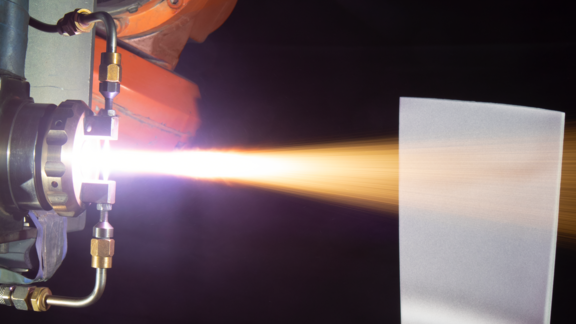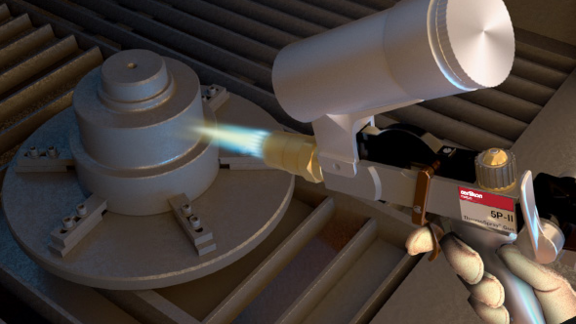General (or uniform) corrosion is evidenced by materials that form a uniform oxide layer over large surface areas, or even the entire exposed surface. Depending on the service environment, some substrates may form a stable, well-adhered oxide layer or passive film. In these situations the rate of corrosion may be very gradual. On other substrates, the oxide layer may not be stable and be continually replaced resulting in a faster, more problematic volume loss. This can also be the case if the oxide layer is disturbed, such as in combination with abrasion or erosion, even when those wear mechanisms are relatively small.
This type of corrosion is the easiest to design for as it is generally predictable, and often designers will specify a ‘corrosion allowance’, meaning the amount of volume per unit area that can be lost before the structure is considered unsound. In some cases, attractive patinas may form such as the green-blue patina on copper components. However, if left unchecked, general corrosion can lead to more serious forms of corrosion, such as pitting or crevice corrosion.



